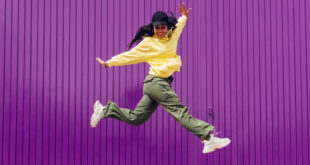Did you know that drowning is the second leading cause of unintentional injury death for Kiwi kids? And that the greatest risk to under-5s is in the home environment?
All it takes for an under-5 year old child to drown is 4cm of water i.e. less than two inches of water in a bowl. Isn’t that scary? Boys make up 75% of the 5-14 year old drowning statistics too. Twelve children in this age group drowned in those same five years.
On average, more than 30 children are hospitalised every year as a result of a non-fatal drowning, many suffering severe neurological disabilities with lifelong consequences for themselves, family and community.
So what can you do to keep your children and grandchildren safe this summer at home or at the beach, the river or the lake?
Watersafe Auckland says we all need to take supervision a lot more seriously.
Supervision means:
- Constant visual contact by a competent adult;
- Staying close to non-swimmers and under 5s i.e. within arm’s reach. If you’re with a group for a picnic or barbecue or such, ensure one competent adult is dedicated to supervising the children (while others attend to other tasks);
- When you’re supervising kids make sure you’re not distracted, i.e. not on the phone, sitting on the beach chatting to friends, having dinner while they are in the bath or out of sight or leaving kids to go and answer the doorbell;
- Being ready to respond. Don’t overestimate your child or your grandchild’s ability to cope in open or moving water even if they’ve had swimming lessons.
You can better protect them at home by preventing unsupervised access to any water such as:
- Isolation fencing for home pools (that includes portable pools and spas);
- Always closing pool gates;
- Emptying paddling pools and water containers (anything that can contain more than 4 cm of water);
- Shutting bathroom and toilet doors;
- And covering ponds.
We can also help to reduce those statistics by:
- Learning swimming and survival skills ourselves;
- Enrolling children in swimming lessons and teaching them survival skills;
- Setting and teaching rules for safe water play;
- Being prepared with knowledge of local conditions and dangers.
More advice can be found at www.watersafe.org.nz.
WaterSafe Auckland Inc. are providing free water safety and swim lessons in Auckland at the end of January 2013 and are also running a Break-Away Holiday Programme.








Join the Discussion
Type out your comment here:
You must be logged in to post a comment.